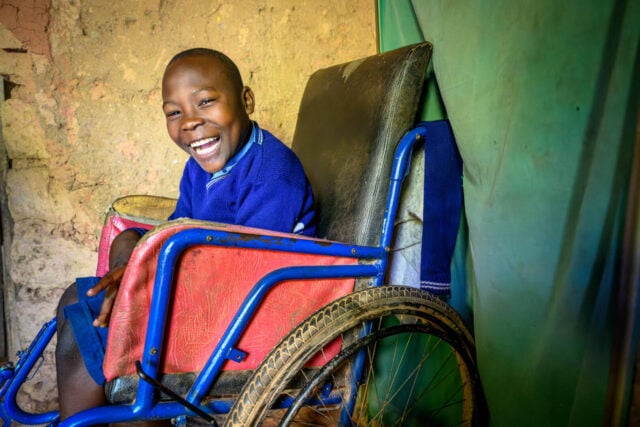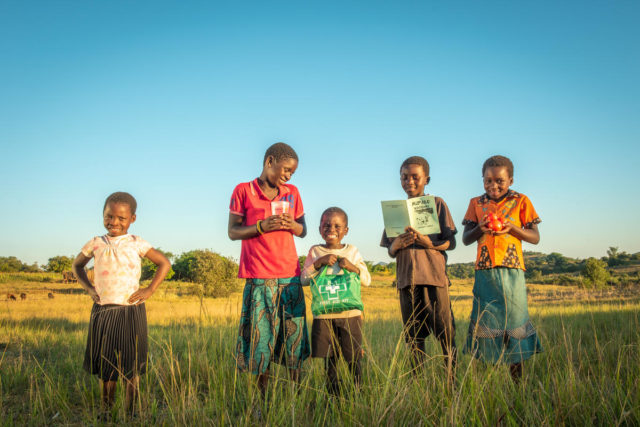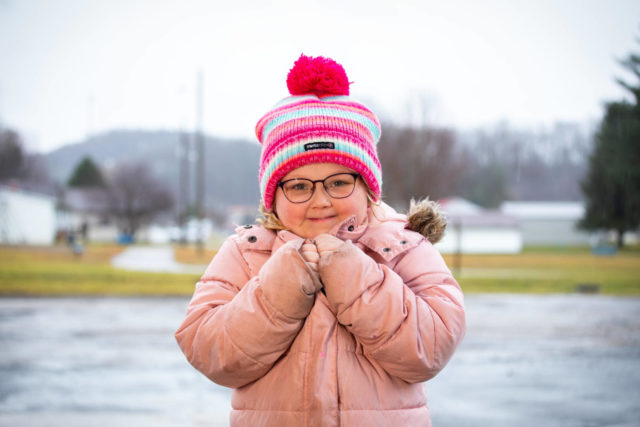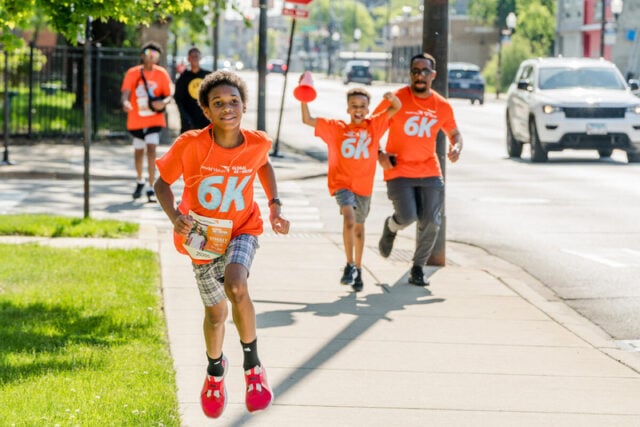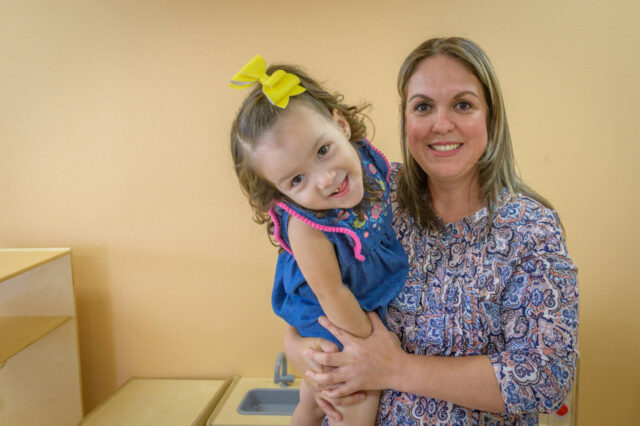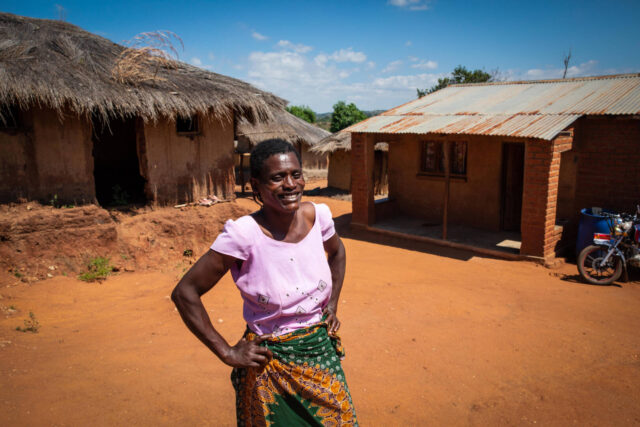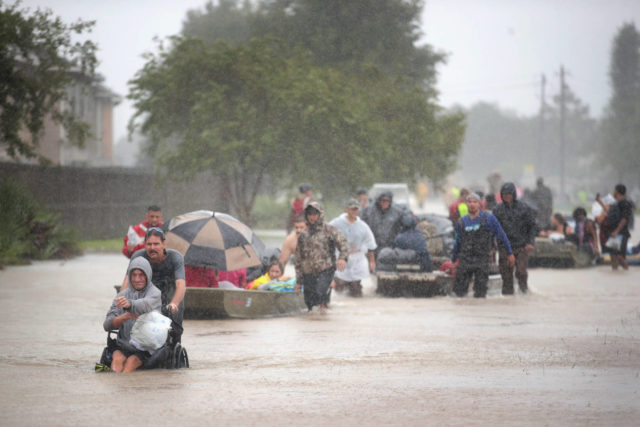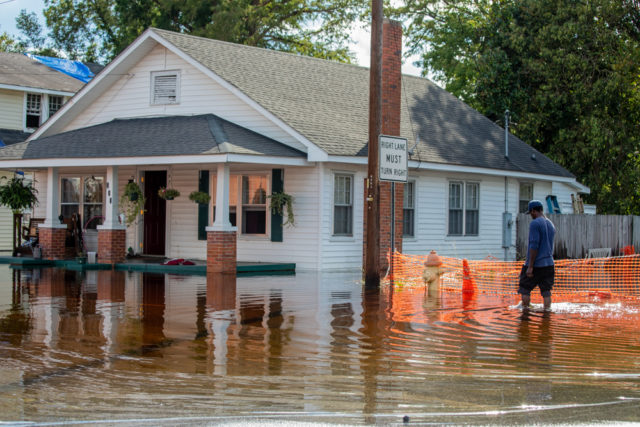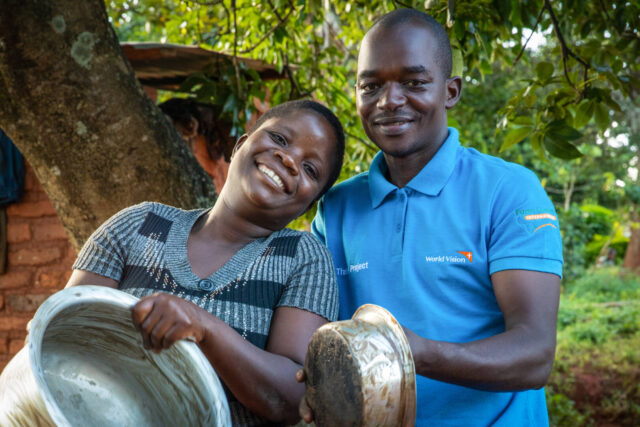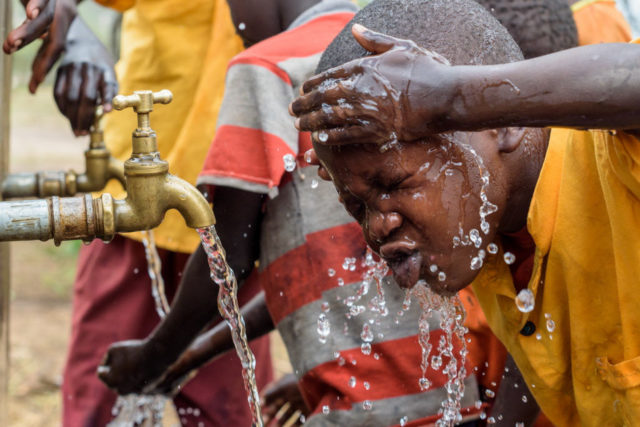Children with disabilities face barriers that often hinder them from receiving proper nutrition, humanitarian aid, or other basic services. We believe every child deserves the chance to reach their God-given potential. Join us in prayer for children with disabilities.
News & Stories
How does child sponsorship build better futures?
Explore how sponsoring a child through World Vision helps empower entire communities for lasting change, and discover how you can help equip families with tools they need to overcome poverty and experience fuller lives.
When you sponsor a child through World Vision, you join a movement of 604,000 people in the United States who give up about $1.30 a day to impact a child for a lifetime. World Vision child sponsorship is Christ-centered, child-focused, and community-based. We’re serious when we say that for every child sponsored, four more experience the benefits.
4 ways World Vision tackles poverty in the United States
At World Vision, we are called to serve the most vulnerable children and their communities around the world, including right here in the United States. And we do it by providing a way for manufacturers and businesses to share excess resources with people living in poverty. In 2022, we were able to reach more than 3.6 million people through our various U.S. programs.
Global 6K for Water: Get fit as a family and grow your faith
Most people will walk the World Vision Global 6K for Water, and some will run, some will push strollers, and a few athletes will do the 6K while carrying a heavy jerrycan full of water! Whatever you choose, training can be a great family fitness activity.
Matthew 25: Prayer for U.S. children and families in need
Desperate need can be found not only across the ocean but also in our own neighborhoods. One in seven children in the U.S. live in poverty, and that’s why World Vision also works in the U.S. in addition to our work worldwide. Join us as we pray for U.S. children and families living in poverty.
Her family’s keeper
Zione has long struggled to care for her own extended family. Because of her participation in World Vision’s savings groups and THRIVE program, she has both a new outlook on her potential as well as tools she needed to achieve her dreams and support her loved ones.
Hurricane Harvey: Facts, FAQs, and how to help
In August 2017, Hurricane Harvey, a devastating Category 4 hurricane, struck the Gulf Coast of Texas as one of the most powerful hurricanes in decades. Harvey’s most significant impact was the widespread and prolonged flooding it caused in the Houston, Texas, area. The massive humanitarian response to Hurricane Harvey involved local, state, and federal agencies, as well as World Vision.
Hurricane Florence: Facts, FAQs, and how to help
Discover important facts about Hurricane Florence, a Category 1 hurricane with winds of 90 mph that made landfall in North Carolina on September 14, 2018. A powerful storm surge and widespread flooding marked its arrival. Learn how World Vision responded to the emergency and discover ways to help children and families impacted by disasters in the U.S.
Created in God’s image and thriving
After Darlington and Maria participated in World Vision’s Biblical Empowered Worldview training, they stopped seeing themselves as worthless and instead began viewing themselves as children of God. This transformed how they could envision and act on their future dreams and goals.
5 ways World Vision’s water work makes a splash
As the world’s leading nongovernmental provider of clean water in the developing world, World Vision is reaching one new person every 10 seconds with clean water and one new person with handwashing promotion as well. Learn about five examples of our water work around the world.
